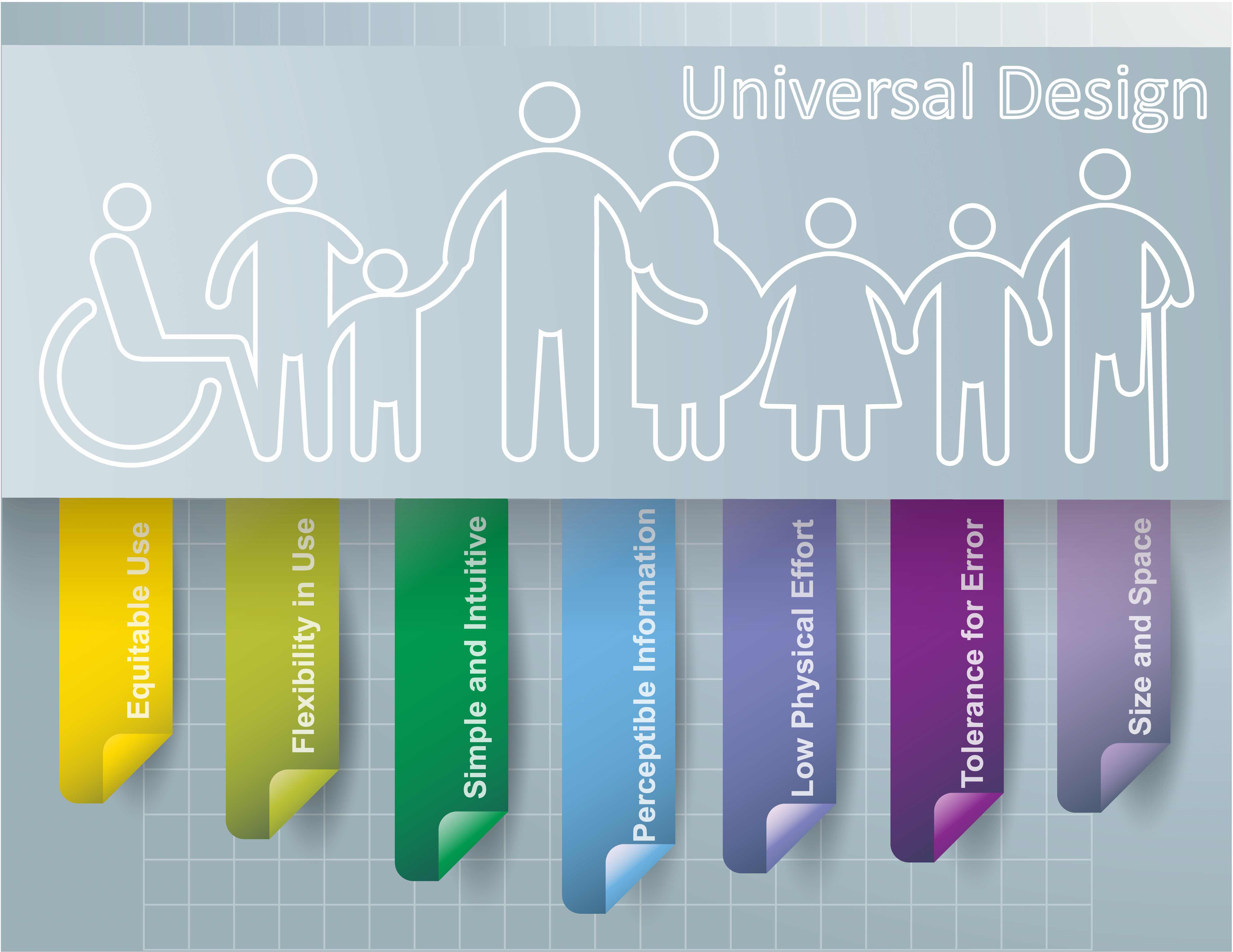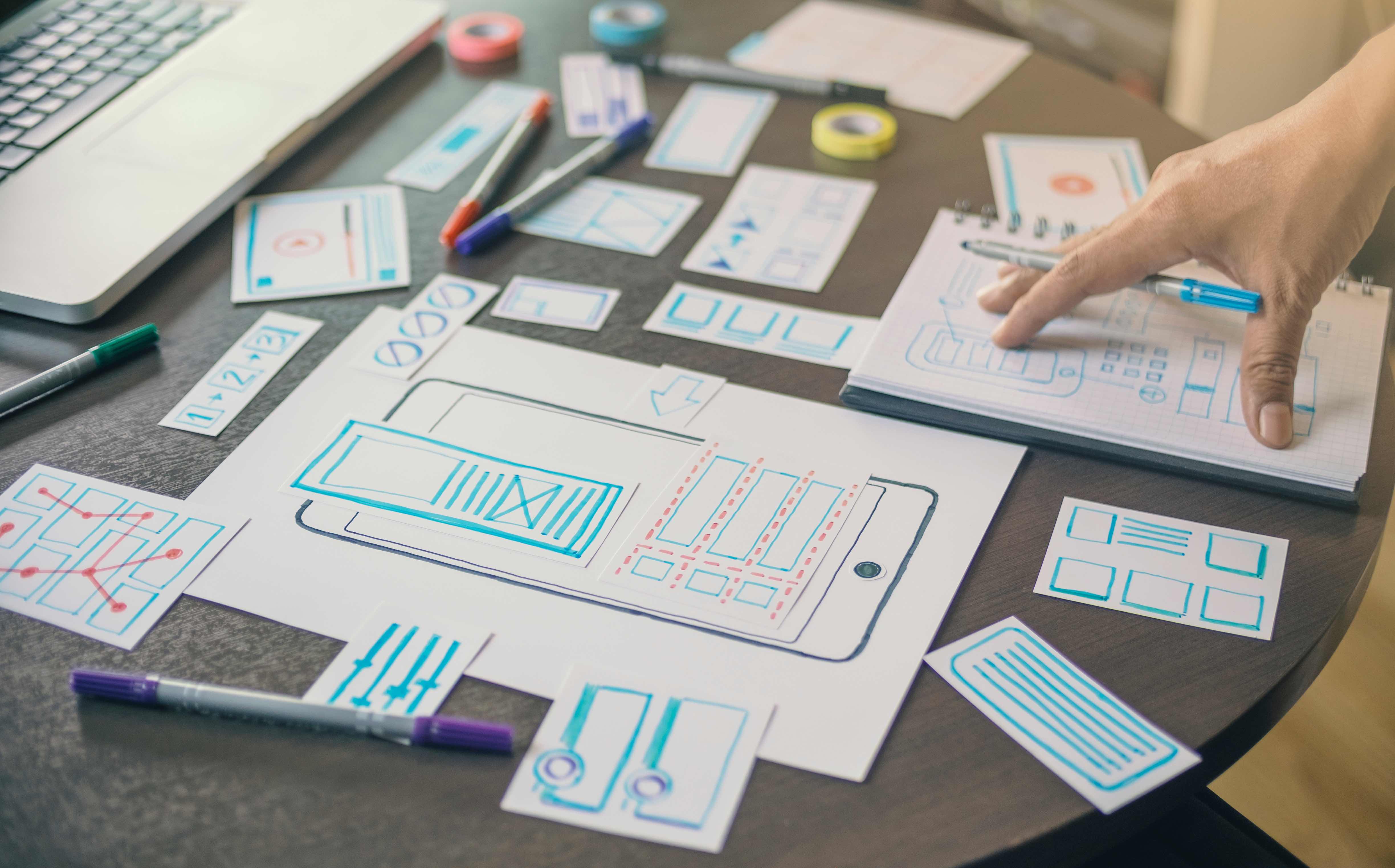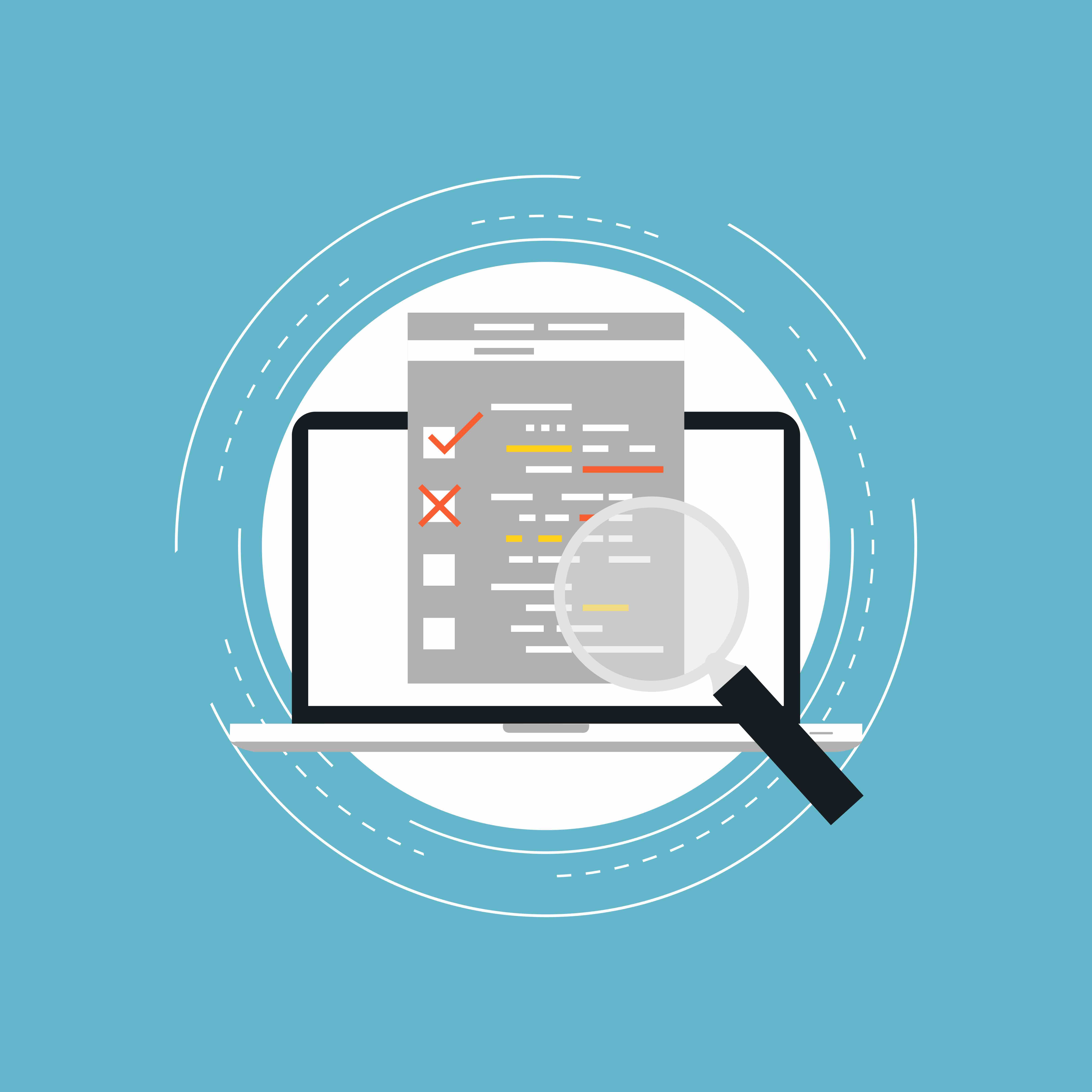The terms accessible design, usable design, and universal design are all approaches to design that can result in products or services that are easier for everyone to use, including people with disabilities. In continuation of Part 1 of this series, we will explore the subtle difference between accessible, universal, and usable designs, as well as usable design. And more importantly, why this distinction is important.

Universal Design
Universal design is the design and composition of products and environments to be understood, accessed, and used by all people, to the greatest extent possible, without the need for adaptation or specialized design. In other words, a product or environment should be designed to meet the needs of all people who wish to utilize it, regardless of their age, culture, or abilities. By considering the different needs and abilities of all individuals throughout the design process, universal design creates products or environments that meet all people’s needs. Most simply put, good universal design should lead to a product that is easily understood, accessed, and used by all people without the need for adaptation or specialized training.
It is important to understand that while both accessible and universal design are concerned with addressing the needs of users beyond those considered to be “average” or “typical.” Accessibility is not the same as Universal Design as utilization of the former design philosophy is not intended to accommodate everyone and is instead focused more on making products accessible specifically to those with disabilities. In the case of websites and information technology products such as apps, while universal designs aim to make products to be easily understood, accessed, and used by anyone, including those with different types of disabilities. These products often have an even more ambitious goal, they are often designed to minimize or eliminate the need for special assistive technologies altogether. Though it is not uncommon to see a combination of both philosophies working together in harmony.
One good example of this is the Apple iOS operating system designed for the iPhone and iPad line of products. Housing a simple interface with minimal unnecessary complications, iOS was designed to be intuitive, or so to say easily understood and used by anyone, including those with disabilities or are unfamiliar with information technology. That being said, iOS also comes with support for a range of accessibility features, which are designed to make the product more accessible specifically for users with disabilities. This includes the display of inverted colours for those with colour blindness and assistive touch for those who have difficulties accessing the physical buttons on the iPhone.

Usable Design
Usable design takes a slight divergent from the two design philosophies previously discussed. Like universal and accessible designs, usable design emphasizes on creating products that are easy, efficient, and satisfactory to use. Usability shares some key goals with universal and accessible design philosophies. All three disciplines seek to design products and environments that are easily learnt and operated by the user. Thus, designers usually emphasize on three key aspects of their product’s user experience: efficiency, consistency, and learnability. A good usable design should be easy to use, allowing the user to perform a task with maximum efficiency with minimal training.
That being said, usability designs don’t always take into consideration the needs of people with disabilities. Thus, usable product features often don’t necessarily translate well to people with disabilities. Think of a website for example: a highly graphical user interface with no text may be intuitive for people with normal vision. But for those who are visually impaired, a strictly graphical user interface without any accessibility features may be difficult to navigate (such as a text to speech reader for example).

So there we have it. The difference between Universal, accessible, and usable designs. A truly good design that allows for maximum reach to the most people must incorporate all three design philosophies, it should be designed with universal principles in mind and accessibility consideration for people with special needs especially in usability tests.
If you are interested in seeing an accessible design in action, please feel free to visit our Case Studies page. KIMBO Design is highly knowledgeable in the incorporation of accessibility features into our designs, our extensive experience in working with clients such as the Government of Canada has allowed us to consistently deliver a universally usable user experience in our designs.


